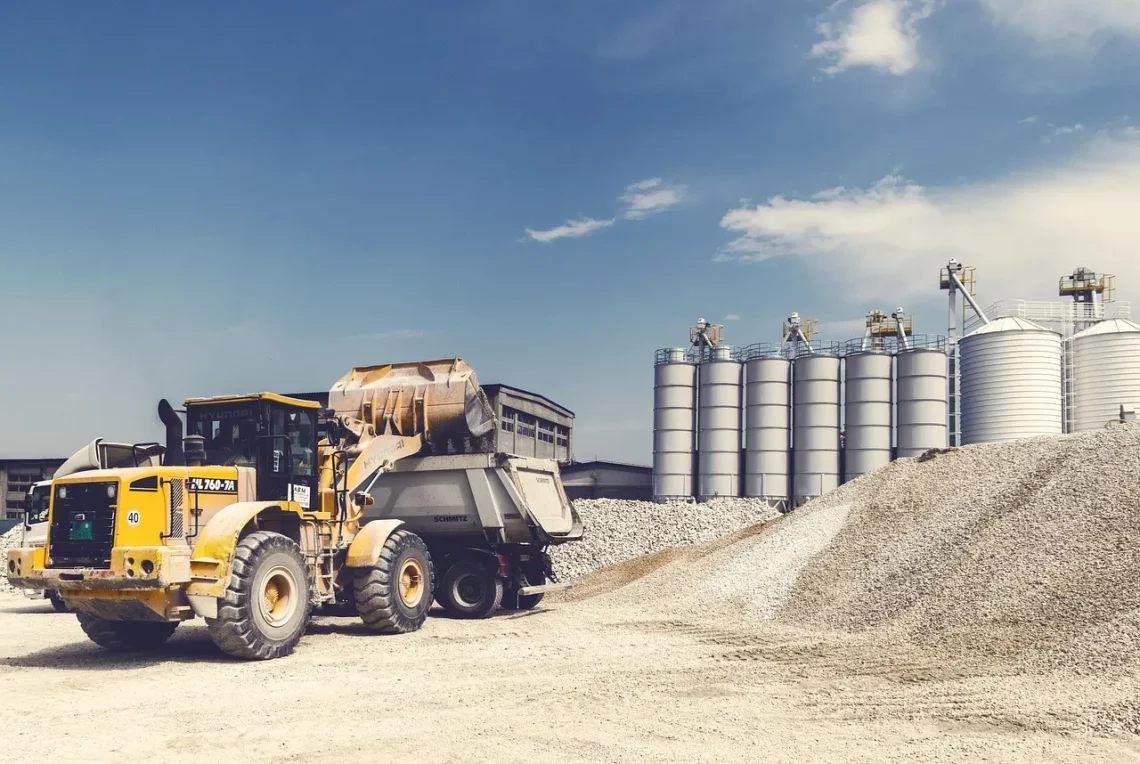
Essential Gymnasium Equipment Names Every Fitness Enthusiast Should Know
In today’s fast-paced world, maintaining a healthy lifestyle through regular exercise has become more important than ever. As fitness enthusiasts increasingly prioritize their physical well-being, understanding the various types of gymnasium equipment available can enhance their workout experience. Whether you are a seasoned athlete or just embarking on your fitness journey, familiarity with the right tools can make a significant difference in achieving your fitness goals.
The gym can be an intimidating place, especially for newcomers. The myriad of machines, weights, and accessories can be overwhelming, but knowing the names and functions of essential gym equipment can help demystify the environment. Each piece of equipment serves a unique purpose, targeting different muscle groups and facilitating diverse workout routines. From resistance training to cardiovascular exercises, the right equipment can optimize your workout efficiency.
Furthermore, as fitness technology evolves, new equipment is continually introduced to the market, making it crucial for enthusiasts to stay informed about the latest trends and innovations. This knowledge not only enhances your workout but also fosters a deeper understanding of fitness principles, allowing for a more tailored approach to personal training. By becoming familiar with essential gym equipment, you empower yourself to take control of your fitness journey, ensuring that you make the most of every gym session.
Cardio Machines: The Heart of Your Workout
Cardio machines are fundamental to any gym setup, offering a range of options for elevating your heart rate and improving cardiovascular health. Among the most popular machines are treadmills, ellipticals, stationary bikes, and rowing machines. Each of these machines provides a unique workout experience, catering to different fitness levels and preferences.
Treadmills are often the go-to choice for those looking to engage in running or walking indoors. They come equipped with various settings that allow users to adjust speed, incline, and program workouts tailored to specific goals, such as weight loss or endurance training. The versatility of treadmills makes them suitable for beginners and advanced users alike, as they can simulate outdoor running conditions.
Ellipticals, on the other hand, provide a low-impact alternative to running while still offering a robust cardiovascular workout. The unique motion of an elliptical machine mimics walking or running but reduces stress on the joints, making it an excellent option for individuals recovering from injuries or those who prefer a gentler exercise regimen. Many ellipticals also come with handlebars that engage the upper body, providing a full-body workout.
Stationary bikes, including upright and recumbent designs, are another staple in cardio training. They are particularly beneficial for building leg strength and endurance without the impact associated with running. Recumbent bikes offer back support, making them a comfortable choice for extended workouts, while upright bikes closely resemble traditional cycling, engaging more core muscles.
Rowing machines combine both cardio and resistance training, engaging multiple muscle groups simultaneously. Rowing is a full-body workout that strengthens the legs, back, and arms while also improving cardiovascular fitness. The rhythmic motion of rowing can be both challenging and meditative, making it an appealing option for many fitness enthusiasts.
Incorporating these cardio machines into your workout routine can enhance your overall fitness levels, improve heart health, and aid in weight management. Understanding how each machine works and the benefits they offer can help you make informed choices about your exercise regimen.
Strength Training Equipment: Building Muscle Effectively
Strength training is essential for building muscle, increasing metabolism, and improving overall body composition. Understanding the various types of strength training equipment can help you design an effective workout routine that targets different muscle groups. The most common strength training equipment includes free weights, weight machines, resistance bands, and kettlebells.
Free weights, such as dumbbells and barbells, are versatile tools that allow for a wide range of exercises. They help develop functional strength and improve coordination and balance. Dumbbells are particularly popular for their ease of use and versatility, as they can be employed in multiple exercises targeting various muscle groups. Barbells, on the other hand, are ideal for compound movements like squats, deadlifts, and bench presses, allowing users to lift heavier loads.
Weight machines provide a more guided approach to strength training. They are designed to isolate specific muscle groups, making them an excellent choice for beginners who may not yet have the proper form for free-weight exercises. Machines allow for controlled movements, reducing the risk of injury, which is particularly beneficial for those new to strength training.
Resistance bands are another practical option, especially for those looking to add variety to their workouts. They are lightweight, portable, and can be used for a wide range of exercises. Resistance bands are excellent for both strength training and rehabilitation, allowing users to gradually increase resistance as they progress.
Kettlebells have gained popularity for their unique shape and the dynamic range of exercises they offer. They can be used for strength, endurance, and flexibility training. Kettlebell workouts often involve swings, snatches, and cleans, which engage multiple muscle groups and improve overall athletic performance.
Incorporating a variety of strength training equipment into your routine can help you achieve balanced muscle development, enhance functional strength, and foster a more well-rounded fitness regimen.
Flexibility and Recovery Tools: Enhancing Your Performance
Flexibility and recovery are often overlooked aspects of a comprehensive fitness routine. However, incorporating the right tools to improve flexibility and aid recovery can significantly enhance performance and prevent injuries. Essential equipment in this category includes foam rollers, stretching straps, yoga mats, and massage balls.
Foam rollers are widely used for self-myofascial release, a technique that helps alleviate muscle tension and soreness. By rolling over tight areas, you can improve blood circulation and increase flexibility. Foam rolling is particularly beneficial after intense workouts, as it aids in recovery and helps reduce the risk of injury.
Stretching straps, or resistance bands designed for stretching, are excellent for improving flexibility and range of motion. They allow users to safely stretch muscles and joints, which can be particularly helpful for those who may struggle with traditional stretching techniques. Stretching straps are versatile and can be used in various ways to target different muscle groups.
Yoga mats provide a comfortable surface for stretching, yoga, and other floor exercises. A good quality mat offers stability and grip, making it easier to perform movements safely and effectively. Engaging in yoga or stretching on a mat can enhance relaxation, flexibility, and overall well-being.
Massage balls serve a similar purpose to foam rollers but are more targeted. They can pinpoint tight areas, such as knots in the back or tension in the feet. Using a massage ball can help relieve local muscle tension, promote relaxation, and improve recovery times after workouts.
Incorporating these flexibility and recovery tools into your fitness routine can enhance your performance, improve range of motion, and reduce the likelihood of injuries. Prioritizing recovery and flexibility is essential for any fitness enthusiast looking to maintain a balanced and effective workout regimen.
In summary, understanding the essential gymnasium equipment names and their functions is vital for anyone looking to enhance their fitness journey. Whether you’re focusing on cardiovascular health, strength training, or flexibility and recovery, familiarizing yourself with the right tools can significantly improve your workout experience. Always remember to consult a qualified professional for personalized advice tailored to your specific health needs.




